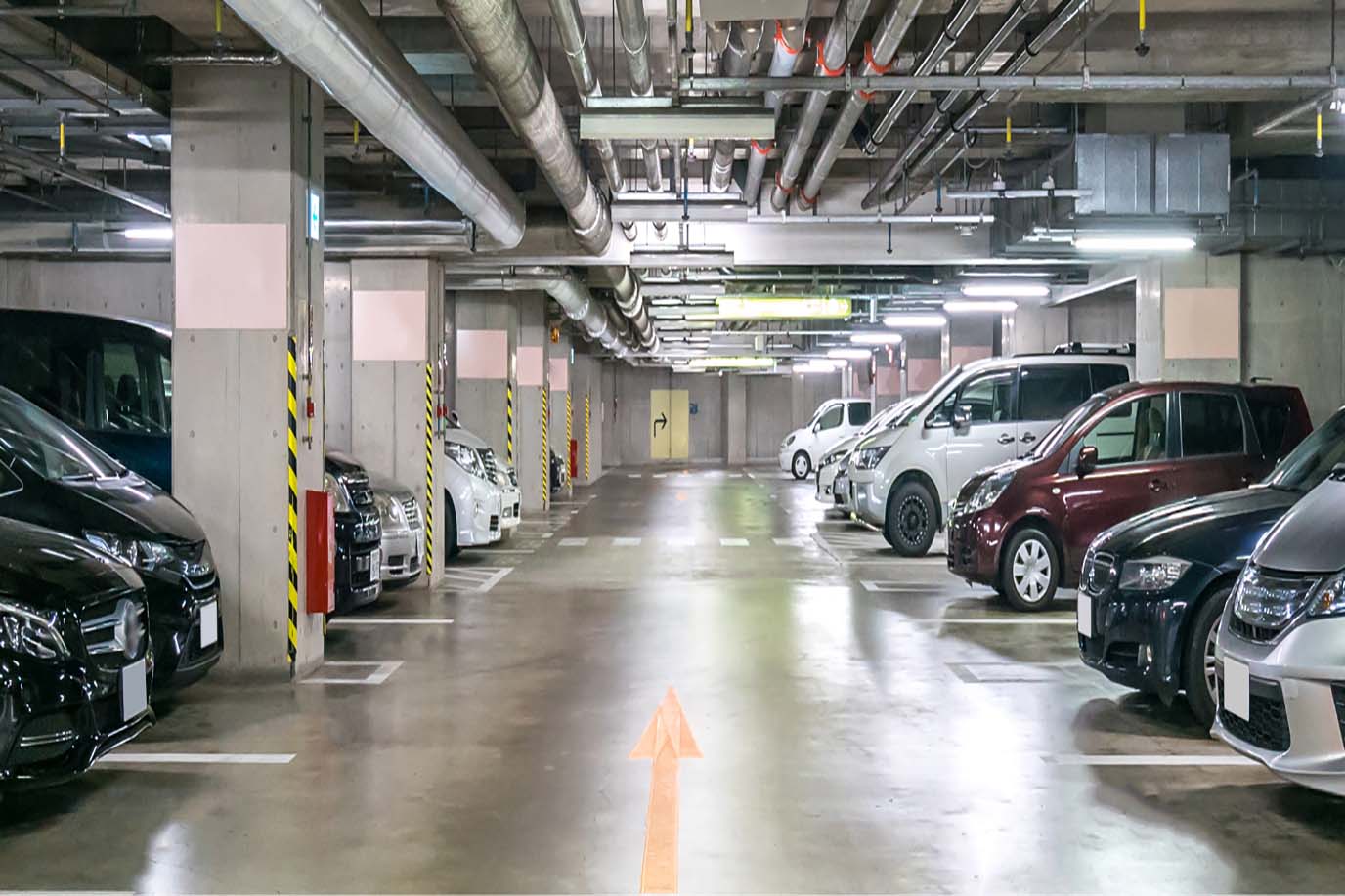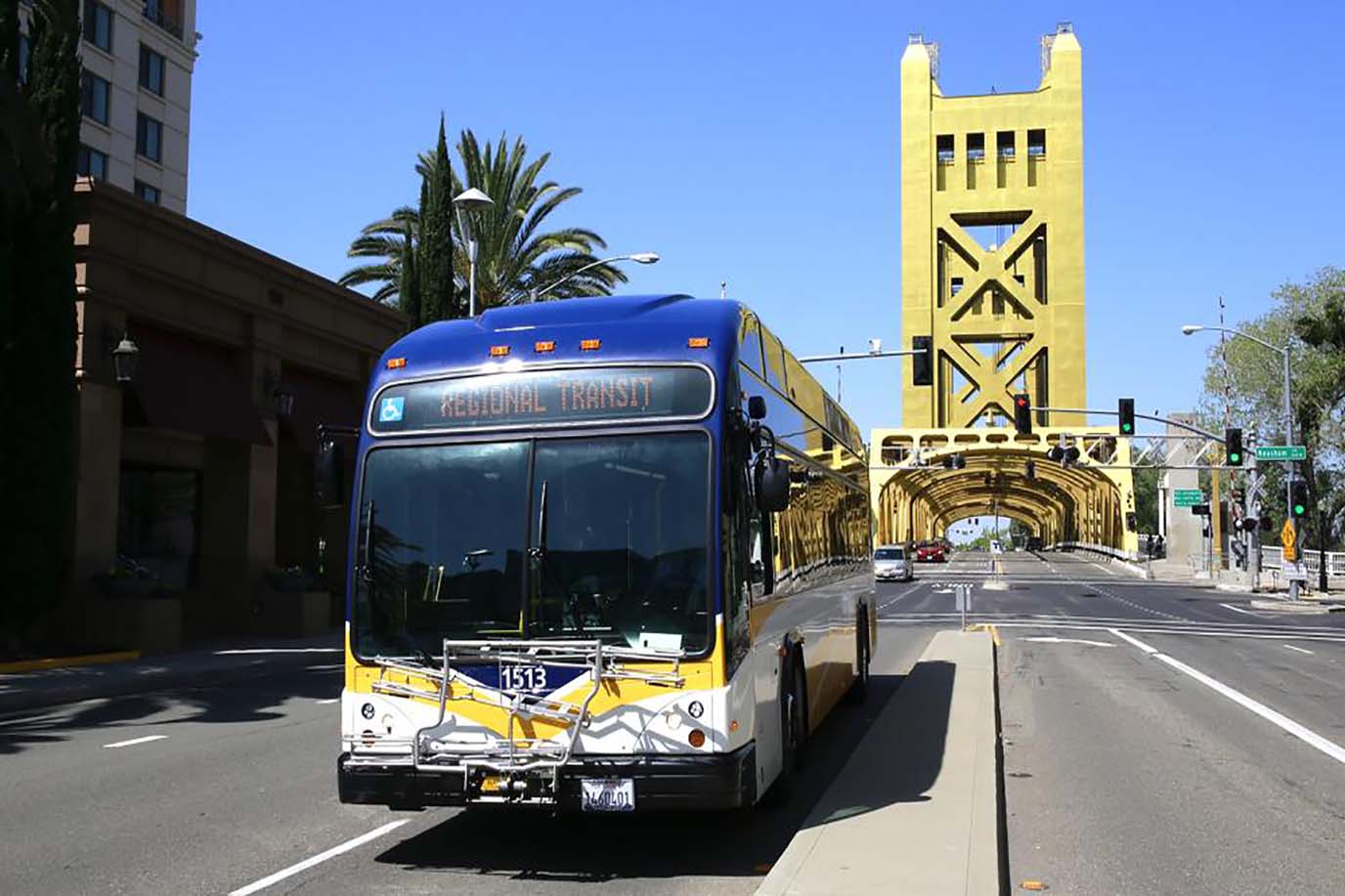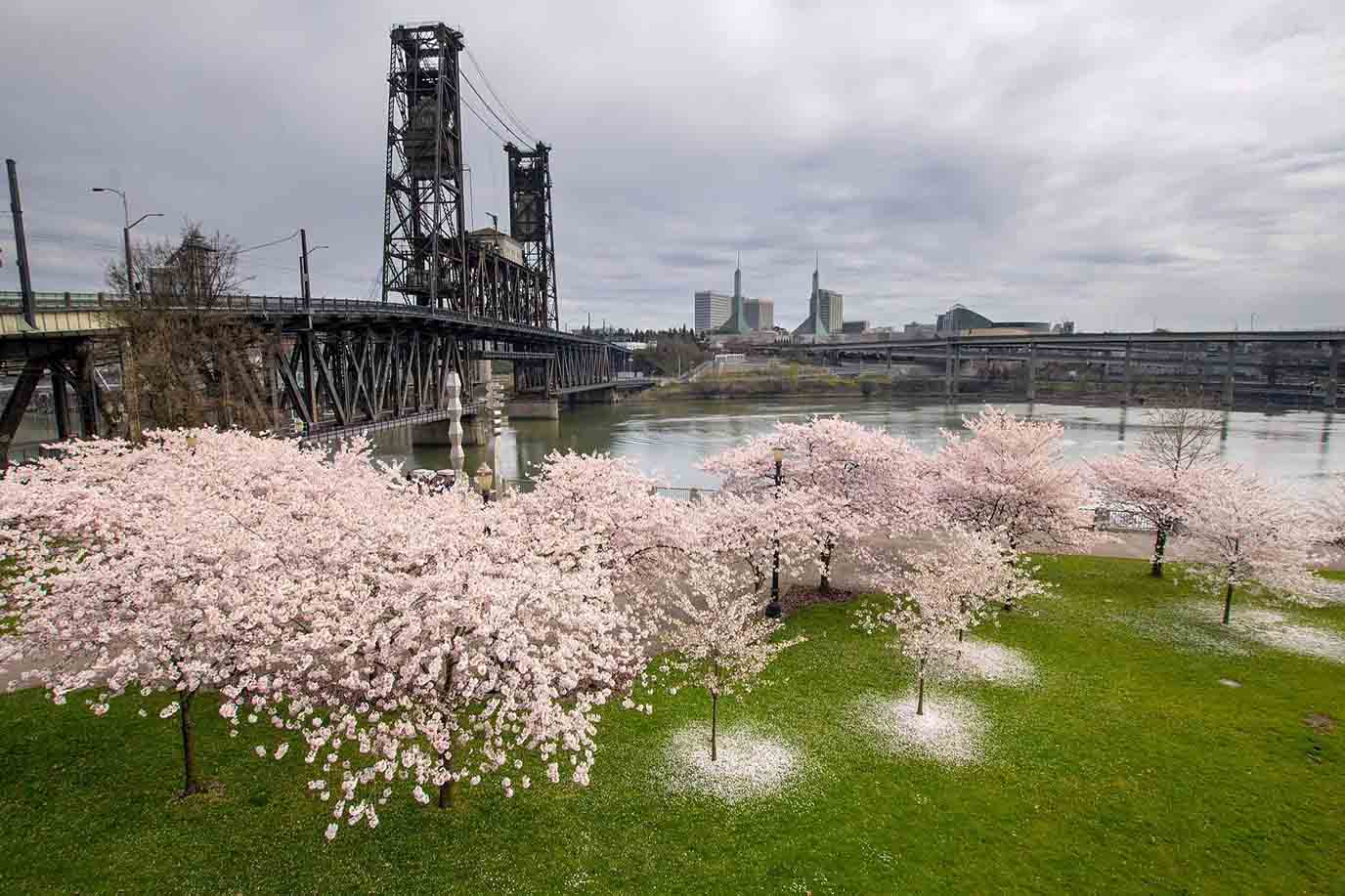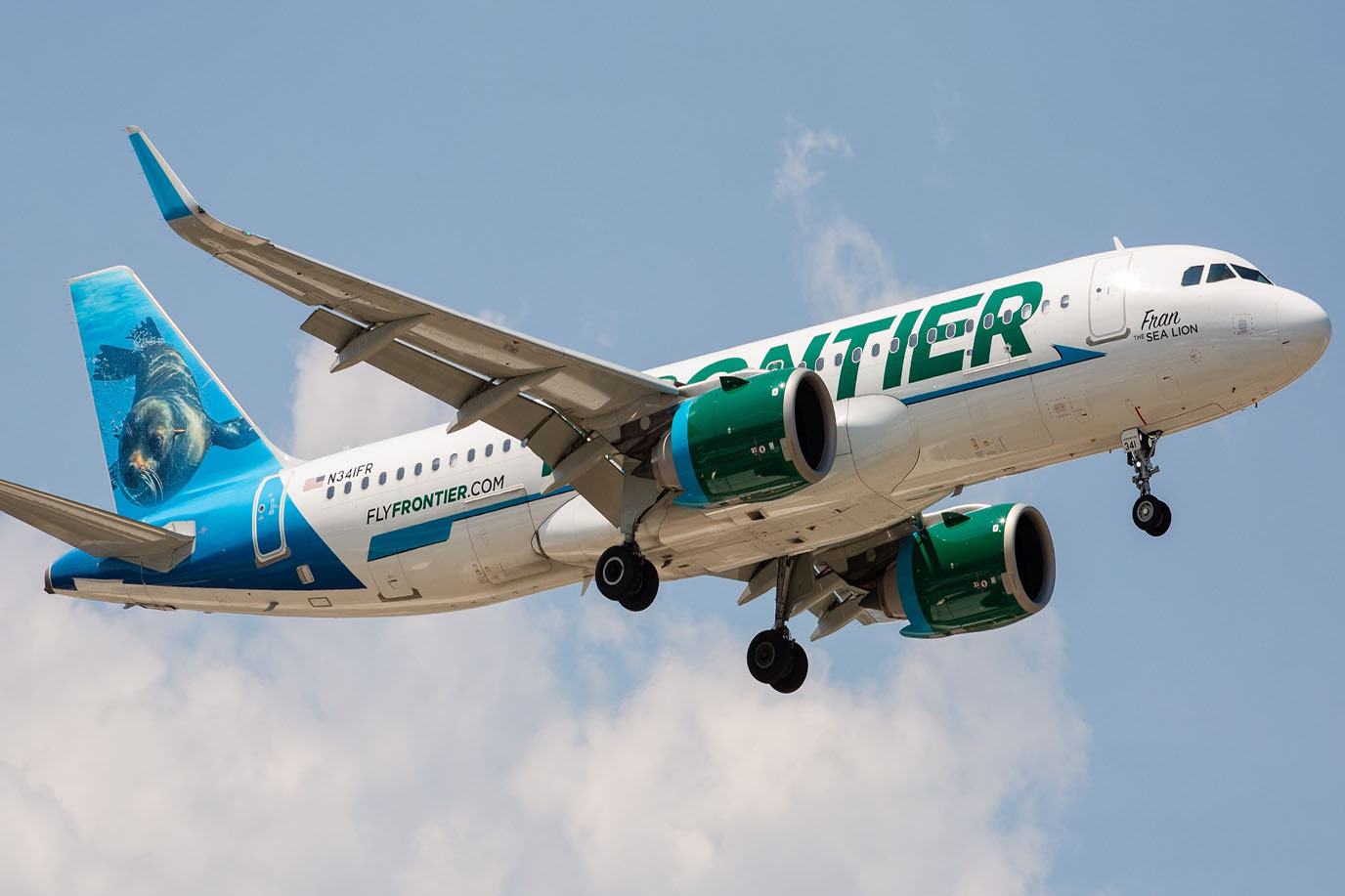When I first landed in Spokane, I underestimated just how navigable and travel-friendly the city truly is. Nestled in eastern Washington, this mid-sized city offers a rare combination of accessibility, scenic routes, and relaxed traffic—especially for those of us used to gridlock in places like Seattle or L.A.
Whether you’re planning a quick weekend or a two-week stay packed with photography stops, Spokane is easy to get around once you know your options. Over the past year, I’ve visited the city multiple times, and I’ve tried just about every mode of transportation: buses, bikes, rental cars, ride-shares, and my own two feet. Here’s everything I’ve learned—complete with personal observations, local tips, and rental car strategies.
1. Should You Rent a Car in Spokane? Let’s Start There.
The short answer? Probably yes—but not always. Spokane is small enough that many of the top attractions are concentrated downtown, yet it’s also surrounded by scenic natural areas that are difficult (or impossible) to reach without your own wheels.
When I was visiting places like High Drive Bluff Park, Palouse Falls, or even just venturing out to Green Bluff Farms, I was glad to have a car. But when I stayed in the Riverfront Park area, I mostly walked or took the city bus.
When Renting a Car Makes Sense
- You’re staying outside of downtown.
- You want to photograph natural landscapes like Riverside State Park, Manito Park, or Mount Spokane.
- You’re visiting in winter—Spokane’s snow can get serious, and waiting on a ride-share can be frustrating.
- You’re doing a road trip loop to nearby cities like Coeur d’Alene, Sandpoint, or Walla Walla.
When You Might Skip the Car
- You’re staying downtown and don’t plan to venture far.
- Parking is limited at your accommodation.
- Your itinerary is mostly walkable (Downtown, Browne’s Addition, Kendall Yards).
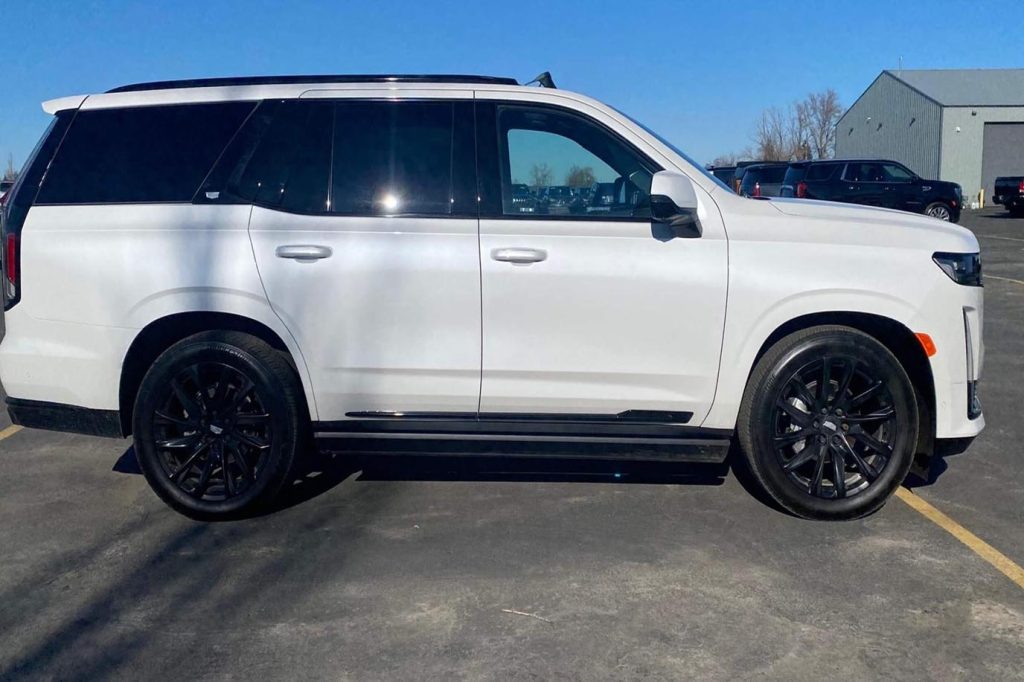
2. My Experience Renting a Car in Spokane
Spokane International Airport (GEG) makes the rental car process surprisingly painless. After grabbing my bags, it took me less than five minutes to walk from baggage claim to the rental counters. No shuttle, no chaos. I’ve rented cars in New York, Phoenix, and San Diego—Spokane wins in terms of simplicity and speed.
I’ve personally used Enterprise, Hertz, and Budget, and each time, I got my vehicle quickly, without the usual upsell pressure. The agents were relaxed, friendly, and often locals themselves. One even gave me a list of her favorite scenic routes when I told her I was in town for photography.
One thing I immediately appreciated? Prices are reasonable. Spokane isn’t a high-demand city for rentals, and that keeps rates lower than what you’d find in bigger urban centers. I once rented a compact SUV for just \$48/day during early spring. The same type of vehicle in San Francisco or Denver would’ve cost me double—maybe more. And it wasn’t some beat-up base model either—it had Apple CarPlay, heated seats, and under 10,000 miles on it.
There’s also no confusing layout to navigate. All rental cars are parked just steps from the terminal. You don’t have to take a shuttle bus, and returning the car is equally painless—just pull into the well-marked lot, hand over the keys, and you’re done.
I highly recommend booking ahead of time, especially if you’re coming during Spokane’s major events like Hoopfest (late June) or Bloomsday (early May). Prices rise fast during those weekends, and availability tightens up.
For budget-minded or longer-term travelers, I’ve had great success using Turo—it’s like the Airbnb of car rentals. I rented a Subaru Outback for a full week through a local host, and not only was it cheaper, but he delivered it to my hotel. The vehicle had a roof rack and all-weather tires—perfect for the back roads leading to Mount Spokane.
Before booking anything, I always check Kayak, Priceline, and Expedia to compare rates. They often show the same cars at different prices, and occasionally offer bundled deals with hotels.
Pro tip: Always confirm whether your hotel includes free parking—many downtown properties (like the Davenport) charge \$15–\$20/day, and that can add up fast if you’re staying more than a weekend.
3. Parking in Spokane: Easier Than You Think
This might sound odd to city dwellers, but parking in Spokane is manageable—even downtown. During weekdays, metered parking is in effect from 8 a.m. to 7 p.m., but the hourly rate is low (about \$1.20/hour as of this writing), and parking is free on Sundays and holidays.
Many street meters also accept credit cards or mobile payment apps like ParkMobile, which I use religiously. If you’re going to be hopping from one neighborhood to another, look for surface lots rather than garages—they’re usually cheaper and easier to enter/exit.
Where I Usually Park
- River Park Square Garage – central, secure, and walkable to Riverfront Park.
- Green Street Lot (near Kendall Yards) – great for restaurant-hopping and riverside walks.
- Street parking around Browne’s Addition – free and often open during the day.
4. Using Spokane Transit Authority (STA): Clean, Reliable, and Inexpensive
I’ll admit I wasn’t expecting much from a mid-size city’s bus system, but Spokane’s STA (Spokane Transit Authority) actually impressed me.
Most of the major bus routes start or pass through STA Plaza downtown, which functions as a clean, organized hub. Buses run frequently—especially routes 25 and 90, which connect downtown to Gonzaga University, Spokane Valley, and major shopping centers.
What You Need to Know
- A one-way fare is \$2, and a day pass is \$4—incredibly affordable.
- STA buses are wheelchair-accessible, and most have bike racks on the front.
- The STA Transit app is user-friendly and lets you plan routes, see bus ETAs, and track traffic delays.
Recommended Routes for Tourists
- Route 20 – downtown to Spokane Falls Community College (great for westside views).
- Route 4 – connects Browne’s Addition, downtown, and Spokane Valley Mall.
- City Line – Spokane’s new all-electric, high-frequency route linking downtown with the U-District and Gonzaga.
If you’re staying for more than a few days and plan to use public transit often, check out the Connect fare card—a reloadable card available at major bus stops and grocery stores.
5. Ride-Sharing: Uber, Lyft, and When Not to Use Them
Both Uber and Lyft operate in Spokane, and in general, they’re easy to use. I never had trouble getting a car downtown or near the airport. But I also noticed longer wait times when I was staying in the South Hill neighborhood, especially during late evenings.
During big events like concerts or sporting games, surge pricing can spike quickly.
Pros
- Convenient from Spokane International Airport (GEG)—waits are usually under 10 minutes.
- Safer option if you’re bar-hopping or staying out late downtown.
- No need to worry about parking or snow.
Cons
- Spotty availability in outer neighborhoods.
- Costs can add up—especially for multi-day trips or longer hauls to places like Liberty Lake or Mount Spokane.
- Surge pricing during events and weekends.
If you’re on a budget and staying in town for several days, renting a car is often cheaper overall.
6. Walking and Biking: Spokane on Two Feet (or Two Wheels)
Downtown Spokane is extremely walkable. Sidewalks are wide and well-maintained, especially around Riverfront Park, Kendall Yards, and Browne’s Addition. One of my favorite experiences here was simply walking the Centennial Trail during golden hour—watching the sun filter through pine trees along the Spokane River.
If you prefer cycling, Spokane’s bike infrastructure is improving every year. While there isn’t a city-wide bike-share program anymore (it ended in 2019), many hotels offer free or rentable bikes to guests.
Favorite Walking/Biking Spots
- Centennial Trail – 37 miles of paved trail from Nine Mile Falls to the Idaho border.
- Manito Park – a dream for slow, meditative walks and garden photography.
- Kendall Yards Night Market – perfect for an early evening walk, especially Wednesdays.
7. What to Expect in Winter and Summer
Winter Driving
Spokane gets real winter. Snow, ice, and black ice. If you rent a car in December–February, request one with all-wheel drive and snow tires if possible. Most rental companies in Spokane outfit their cars accordingly, but always double-check.
Summer Traffic
Spokane doesn’t have the notorious summer gridlock of big cities. Even during peak tourism season, it rarely takes more than 20 minutes to get anywhere in town. That said, watch out for road work—it often pops up downtown during July and August.
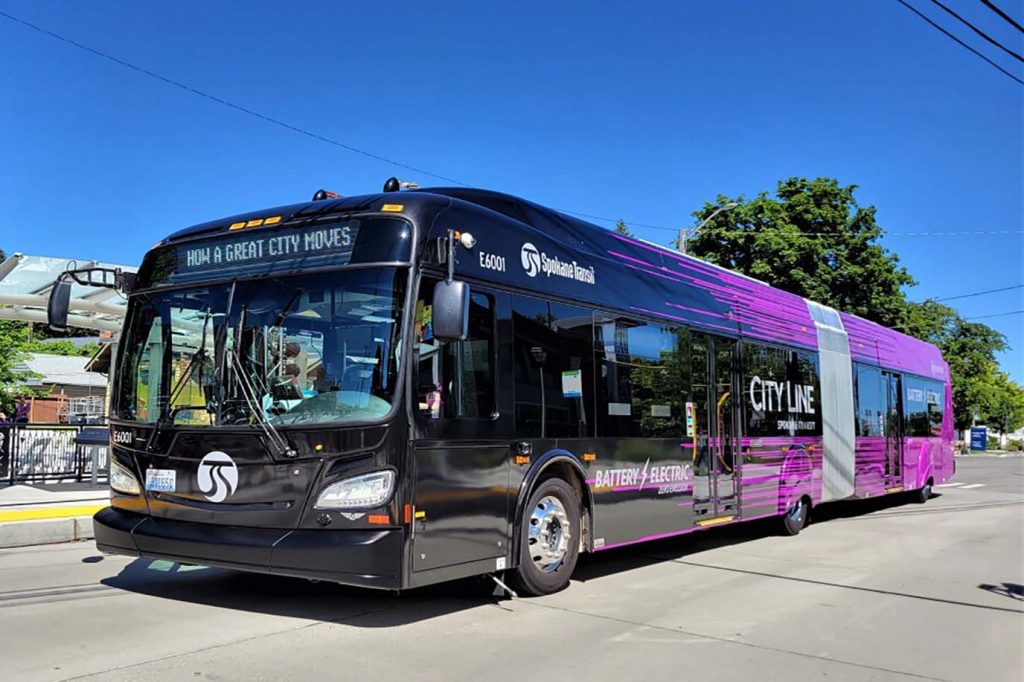
8. Helpful Platforms for Booking Your Trip to Spokane
As someone who plans obsessively (and loves a good deal), here are the platforms I’ve relied on most when traveling to Spokane:
- 🛫 Flights:
- Google Flights – for price tracking
- Skyscanner – great for flexible travel dates
- Hopper – for predicting price drops
- 🛏️ Hotels & Lodging:
- Booking.com – great boutique options
- Expedia – for car + hotel bundles
- Airbnb – charming local homes near Kendall Yards
- 🚗 Rental Cars:
- Kayak
- Priceline
- Turo – great for SUVs, Jeeps, or unique vehicles
- 🎟️ Attractions & Tickets:
- GetYourGuide
- Viator
- SpokaneCity.org – for SkyRide, parks, and events
The Joy of Easy Travel
There’s something refreshing about a city where you don’t need to fight traffic or spend \$50 a day on parking. Spokane has that balance that most travelers dream of—urban accessibility with natural beauty just minutes away. Whether you rent a car, catch a bus, or cruise the river trail on a bike, you’ll find that getting around Spokane isn’t just easy—it’s part of the fun.
And in the end, that’s what makes it special: the freedom to explore at your own pace.
